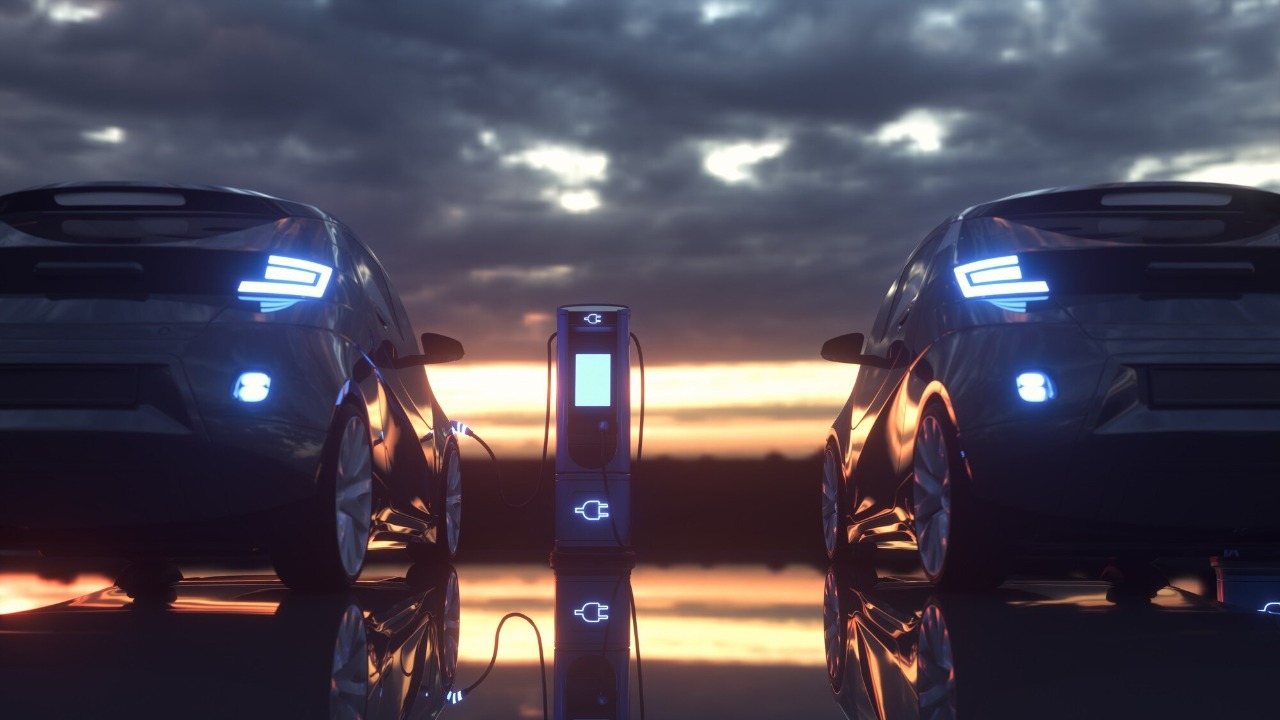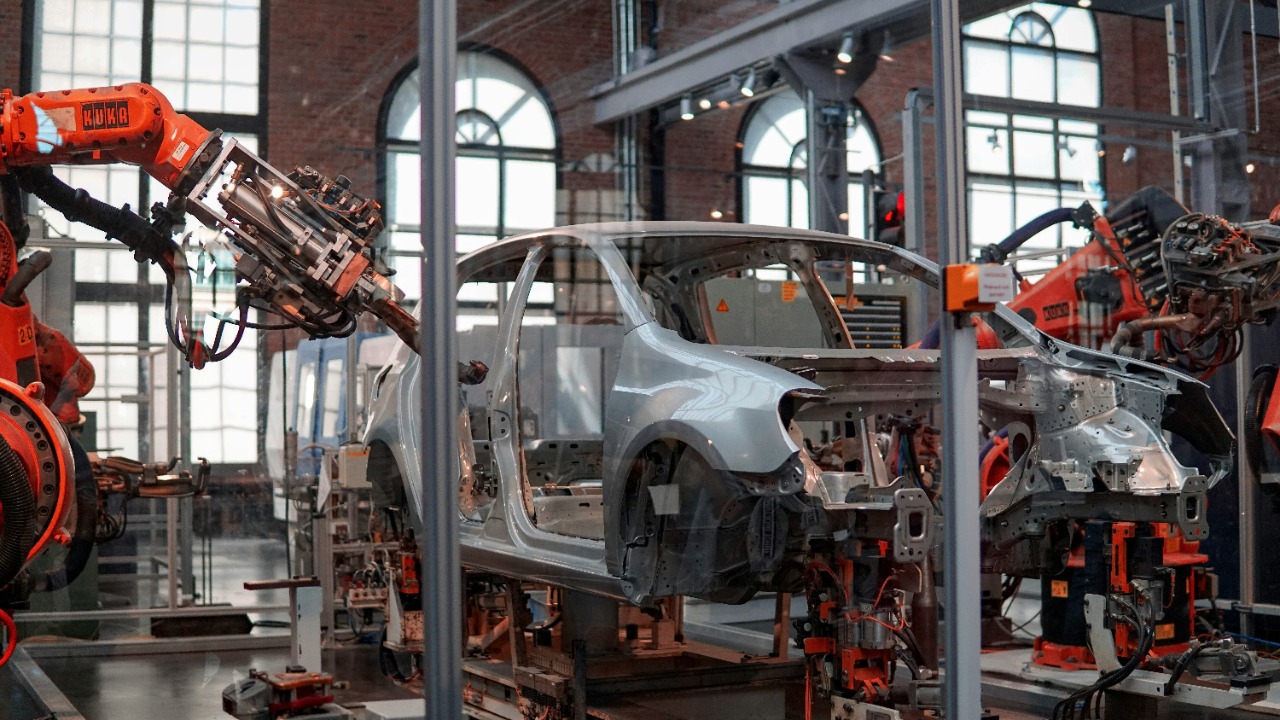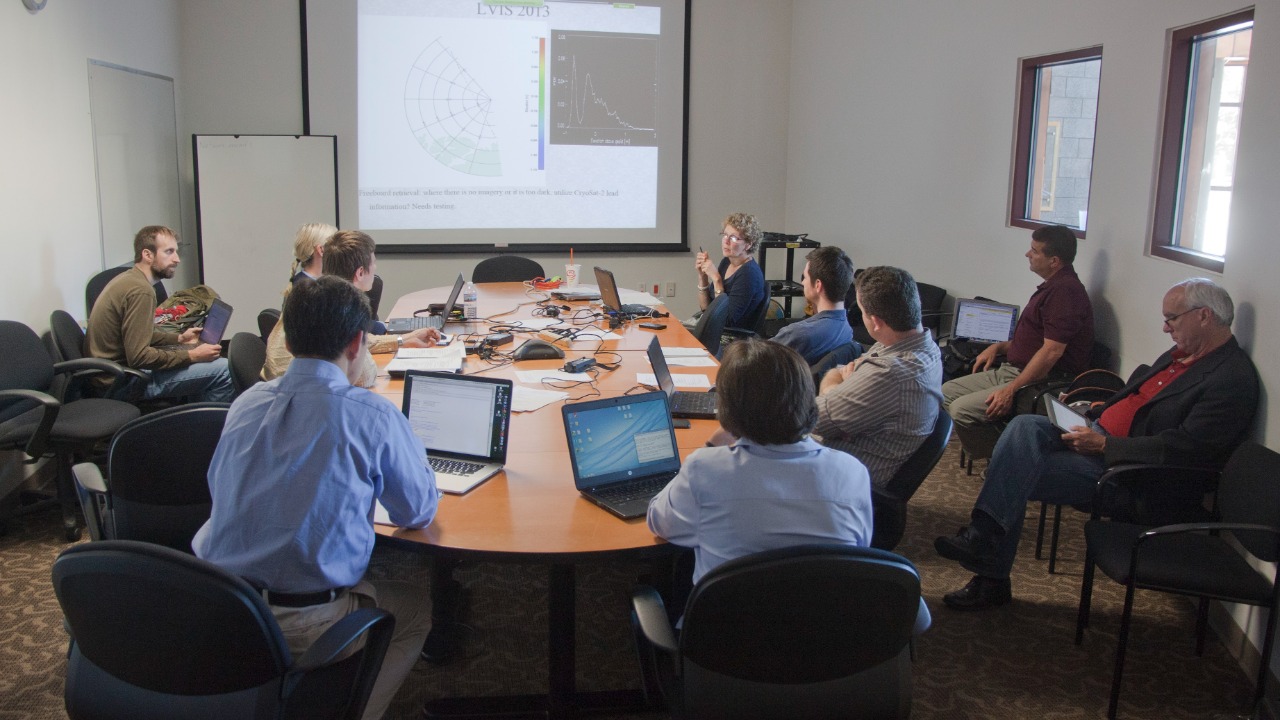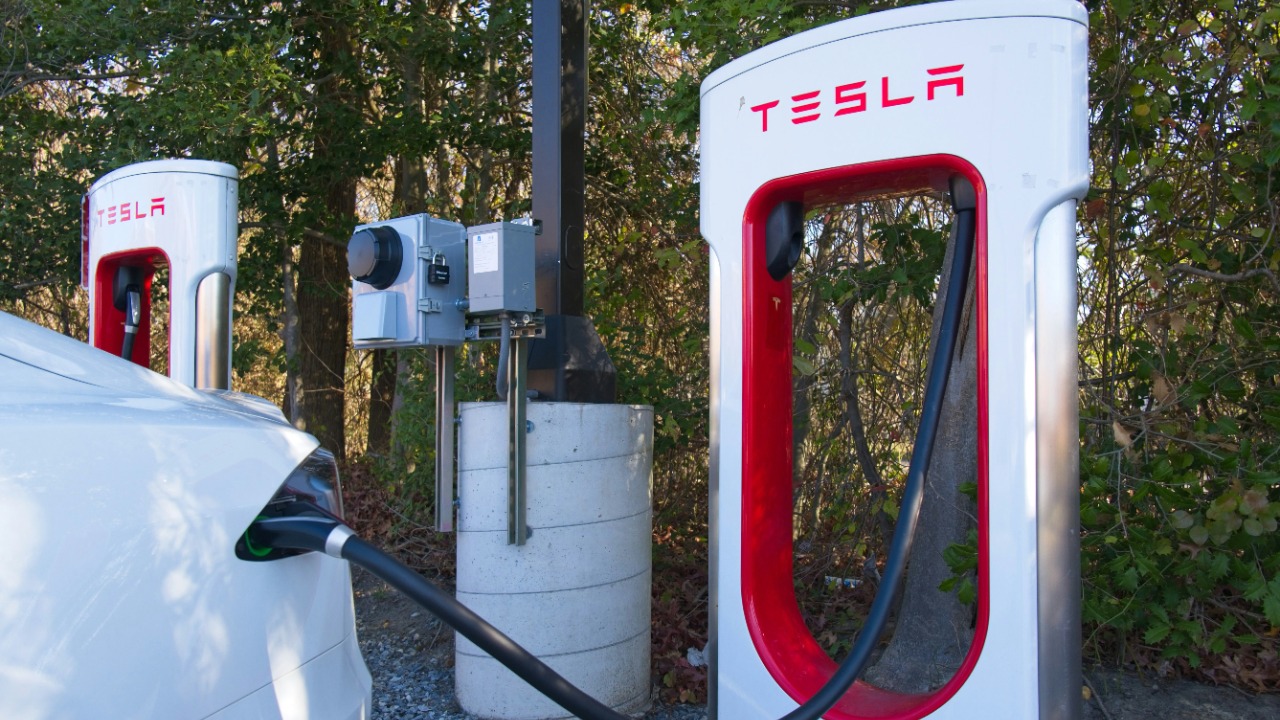
The electric car revolution is often lauded as a critical step toward a more sustainable future. However, beneath the surface of this green transition lie several complex and often overlooked issues. As electric vehicles (EVs) rapidly gain popularity, it’s crucial to understand the challenges that accompany this shift, impacting the environment, economy, and society in profound ways.
Environmental Impact of EV Production

Resource-Intensive Battery Manufacturing
The production of electric vehicle batteries is a resource-intensive process that raises significant environmental and ethical concerns. Critical to this process is the extraction of materials like lithium, cobalt, and nickel. These elements are essential for the high-performance batteries that power EVs, but their extraction is fraught with challenges. In regions such as the Democratic Republic of Congo, where much of the world’s cobalt is sourced, mining processes have resulted in severe deforestation, water shortages, and pollution, impacting local communities and ecosystems. The environmental costs of these operations are substantial, often overlooked in the broader narrative of EVs as a green alternative.
Moreover, the ethical dilemmas associated with mining cannot be ignored. Reports of child labor and unsafe working conditions in cobalt mines have raised global concerns, prompting calls for more sustainable and ethical sourcing practices. While leading manufacturers are beginning to address these issues, significant progress is still needed to ensure that the production of EV batteries does not come at the expense of human rights or environmental health.
Carbon Footprint of Manufacturing
While electric vehicles offer the promise of reduced emissions during operation, the manufacturing process tells a different story. Producing EVs generates a substantial carbon footprint, sometimes rivaling that of traditional internal combustion engine vehicles. For instance, the factories and supply chains involved in EV production are not always powered by renewable energy, which compounds their environmental impact. This has led to a growing awareness that transitioning to electric vehicles is not a panacea for climate change but rather a step in a more complex journey toward sustainability.
Research, such as a study published in ScienceDirect, indicates that the carbon emissions from manufacturing electric vehicles can be significant. The challenge lies in ensuring that the entire lifecycle of an EV, from production to disposal, is as environmentally friendly as possible. This requires a concerted effort across industries to adopt cleaner technologies and renewable energy sources, ensuring that the environmental benefits of EVs extend beyond their operation.
Economic and Social Implications

Impact on Traditional Automotive Jobs
The transition from traditional automotive manufacturing to electric vehicles presents a significant economic challenge, particularly concerning employment. As the industry shifts focus, there’s a real risk of job losses in sectors reliant on internal combustion engine (ICE) vehicles. The skills gap between ICE and EV manufacturing processes means that workers may face dislocation without sufficient retraining opportunities.
Efforts to mitigate this impact include retraining and reskilling programs. However, these programs are not always sufficient or timely to support displaced workers. The success of these initiatives is critical to ensuring that the workforce can adapt to the demands of a rapidly changing industry. The impact of these economic shifts is a subject of ongoing debate, with policymakers and industry leaders striving to balance innovation with job security.
Inequitable Access to EV Benefits
The benefits of electric vehicles are not accessible to everyone, creating disparities that echo broader socioeconomic divides. High upfront costs for EVs and their associated charging infrastructure can limit access for lower-income individuals and communities. While government incentives and subsidies aim to encourage EV adoption, they often favor those who are already economically advantaged, thus widening the gap between different socioeconomic classes.
Efforts to make EVs more affordable are underway, but significant barriers remain. For instance, the availability of charging stations is often limited in rural and underserved areas, further complicating the transition for those without easy access to charging infrastructure. As noted in Choice, addressing these inequities is essential to ensure that the shift toward electric vehicles benefits society as a whole, rather than reinforcing existing disparities.
Infrastructure Challenges

Charging Network Limitations
The development of a robust charging network is crucial for the widespread adoption of electric vehicles. However, current infrastructure is insufficient, particularly in rural and underserved areas where access to charging stations is limited. This lack of infrastructure presents a significant barrier to EV adoption, as potential buyers may be deterred by the inconvenience of charging.
While the pace of charging station deployment is increasing, it may not be enough to meet the growing demand. Innovative solutions and significant investments are needed to build a comprehensive network that can support the anticipated surge in EVs. This includes integrating renewable energy sources to power these stations, ensuring that the environmental benefits of electric vehicles are fully realized.
Grid Capacity and Reliability
The increased demand for electricity from electric vehicles poses a challenge for existing power grids, which may struggle to handle the additional load. This raises concerns about grid capacity and reliability, particularly during peak usage times. Ensuring that power grids can support the rapid growth of EVs is crucial to avoiding potential disruptions.
Transitioning to renewable energy sources for electricity generation is essential but may not keep pace with the rapid growth of electric vehicles. Policymakers and industry leaders must work together to enhance grid infrastructure, incorporating smart technologies to manage demand effectively. The successful integration of EVs into the power grid is a critical step in achieving a sustainable energy future.
Hidden Pollution Problems

Battery Disposal and Recycling Issues
As the number of electric vehicles on the road increases, so too does the challenge of managing battery disposal and recycling. EV batteries contain hazardous materials that pose significant environmental risks if not handled properly. Effective recycling programs are needed to manage this waste and recover valuable materials, but current systems are often inadequate.
Developing a comprehensive recycling infrastructure is crucial to minimizing the environmental impact of EV batteries. Innovations in battery design and recycling technologies are emerging, but widespread implementation is necessary to address these challenges effectively. Resources like SciTechDaily highlight the importance of such advancements in mitigating the hidden pollution problems associated with electric vehicles.
Non-Tailpipe Emissions
While electric vehicles eliminate tailpipe emissions, they still contribute to pollution through non-tailpipe emissions, such as tire and brake wear. These particulates can adversely affect air quality and public health, especially in densely populated urban areas. Addressing these emissions is essential to ensuring that the transition to electric vehicles delivers the environmental benefits promised.
Innovations in tire and brake materials are being explored to reduce these emissions. However, more research and development are needed to create solutions that can be implemented on a wide scale. As awareness of these issues grows, the industry is likely to see increased efforts to develop technologies that minimize the environmental impact of non-tailpipe emissions, ensuring that EVs are truly a cleaner alternative.
Policy and Regulatory Considerations

Inconsistent Global Standards
The transition to electric vehicles is complicated by varying regulations and standards across different countries. This inconsistency creates challenges for manufacturers and consumers, who must navigate a complex landscape of requirements. Harmonizing global standards could facilitate the transition to electric vehicles, ensuring that environmental impacts are mitigated and market access is simplified.
Efforts to standardize regulations are underway, but achieving consensus is a complex process. As highlighted in The New Yorker, the benefits of aligning global standards are significant, enabling manufacturers to streamline production and consumers to benefit from a more coherent marketplace.
Taxation and Revenue Concerns
The shift from gasoline vehicles to electric ones has significant implications for government revenue, particularly from fuel taxes. As EV adoption increases, traditional revenue streams are diminishing, leading to potential budgetary shortfalls. Policymakers are exploring alternative taxation methods to address this issue, such as vehicle miles traveled (VMT) taxes.
Implementing new taxation models requires careful consideration to ensure they are fair and effective. For example, a Politico article discusses the complexities of introducing VMT taxes, highlighting the need for innovative solutions that balance revenue needs with incentives for EV adoption. As the electric vehicle market continues to grow, developing sustainable taxation policies will be crucial to supporting infrastructure investments and maintaining public services.